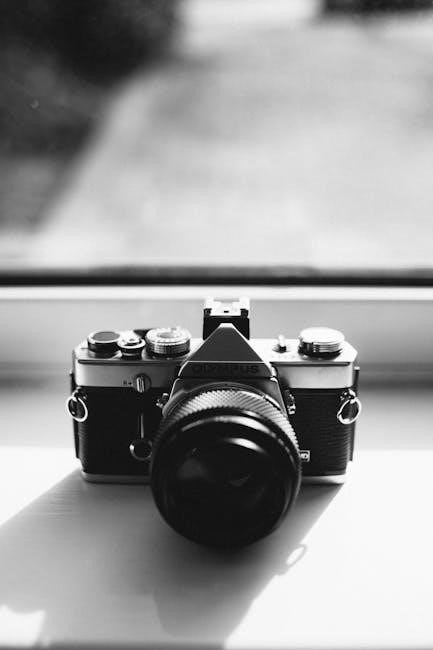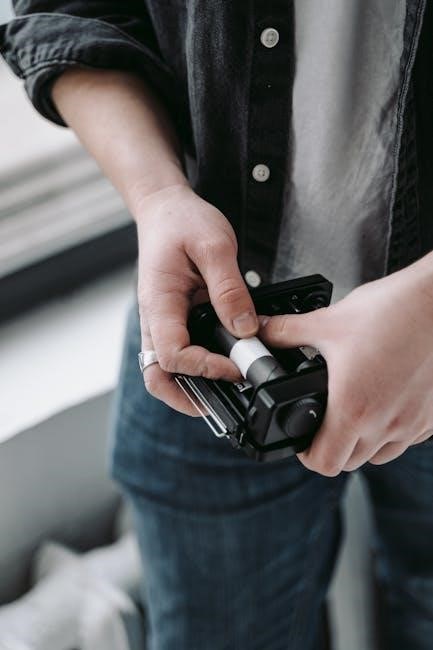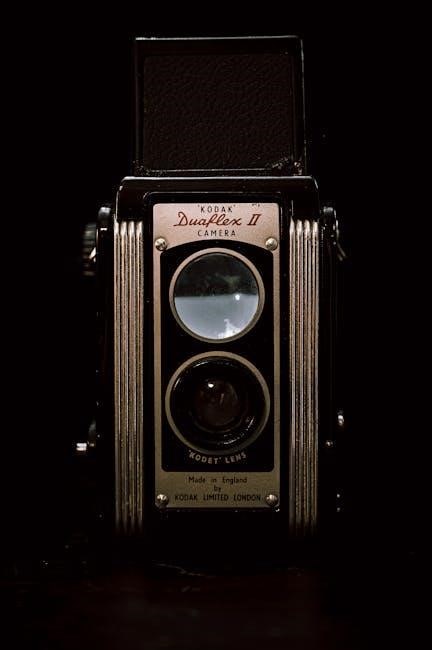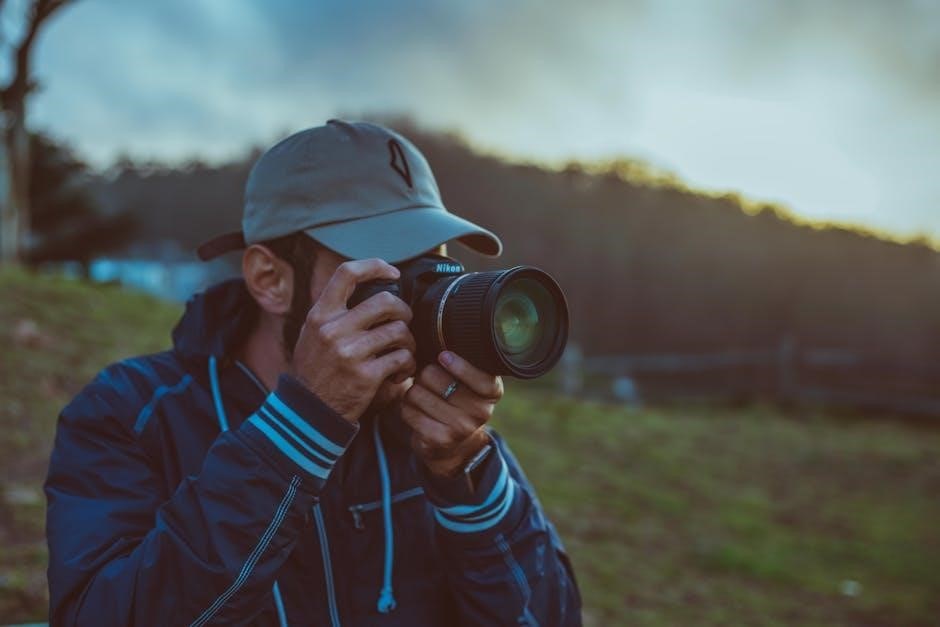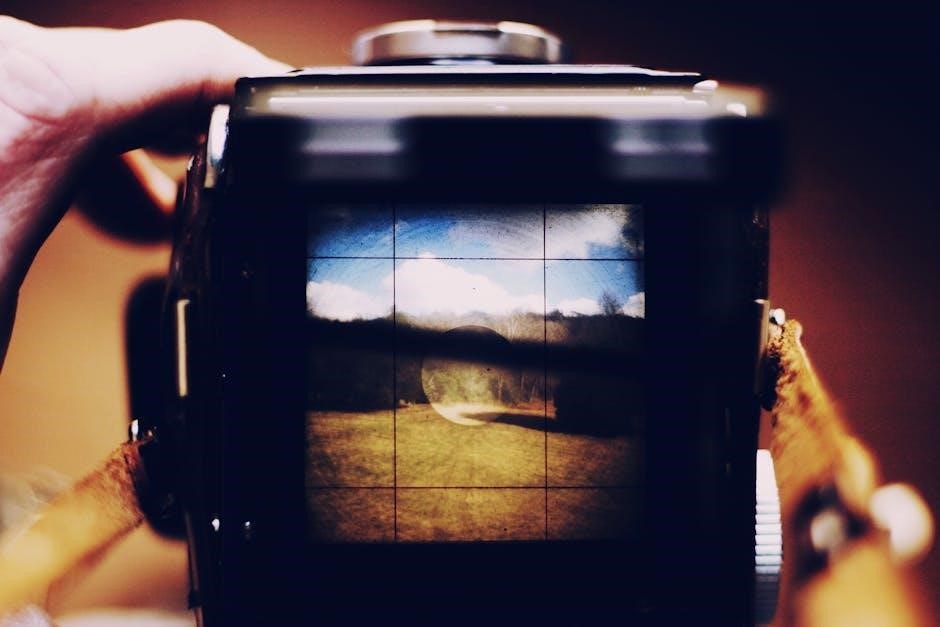Boundary Waters Map PDF: A Comprehensive Guide
Embark on your Boundary Waters adventure fully prepared with a comprehensive map guide. Accessing Boundary Waters map PDFs allows for detailed route planning, offline navigation, and a deeper understanding of this pristine wilderness.
Understanding the Boundary Waters Canoe Area Wilderness (BWCAW)
The Boundary Waters Canoe Area Wilderness (BWCAW) is a vast, internationally recognized treasure, encompassing over a million acres of pristine forests, glacial lakes, and streams. Located in northeastern Minnesota, it shares a border with Canada’s Quetico Provincial Park, forming an interconnected network of waterways. Understanding its unique characteristics and regulations is crucial for responsible exploration. The BWCAW offers unparalleled opportunities for canoeing, fishing, and experiencing the solitude of the wilderness. Before venturing into the BWCAW, familiarizing yourself with its natural history, conservation efforts, and the importance of preserving its delicate ecosystem is essential for a safe and enriching trip.
BWCAW Overview and Location
The Boundary Waters Canoe Area Wilderness, a sprawling expanse of over 1.1 million acres, lies in northeastern Minnesota, nestled against the Canadian border. This remarkable wilderness area is part of the Superior National Forest, renowned for its interconnected waterways, pristine lakes, and rugged landscapes. Situated adjacent to Ontario’s Quetico Provincial Park, it forms a vast, internationally significant ecosystem. The BWCAW is a haven for outdoor enthusiasts, drawing visitors with its unparalleled canoeing, fishing, and camping opportunities. Its location makes it easily accessible for those seeking a wilderness escape, offering a chance to immerse oneself in the tranquility and beauty of nature.
Importance of Maps in the BWCAW
Navigating the Boundary Waters Canoe Area Wilderness without a reliable map is highly discouraged, given its vast and intricate network of lakes, rivers, and portages. Maps are absolutely essential for safe and efficient travel, enabling you to identify campsites, locate portages, and chart your course through the wilderness. Waterproof maps are especially crucial, as they can withstand the elements and accidental submersion. Moreover, detailed maps provide valuable information about topographical features, potential hazards, and points of interest, enhancing your overall experience and ensuring you remain oriented within this beautiful, yet potentially challenging, environment.
Types of Boundary Waters Maps
Several types of maps cater to Boundary Waters adventurers. These include waterproof maps, Voyageur Maps, and National Geographic Trails Illustrated Maps, each offering unique features and benefits for navigating the wilderness.
Waterproof Maps: Necessity in the Wilderness
In the Boundary Waters, where water is ever-present, waterproof maps are not just a luxury, but a necessity. These maps withstand rain, splashes, and accidental submersion, ensuring they remain usable throughout your trip. McKenzie Maps, known for their quality and durability, offers excellent waterproof options. The Boundary Waters Canoe Area Wilderness demands reliable tools, and a waterproof map is paramount. Don’t risk a soggy, illegible map when navigating this vast wilderness. Protecting your map ensures you stay on course and enjoy a safer, more informed adventure. Choose waterproof for peace of mind.
Voyageur Maps: Coverage and Features
Voyageur Maps are designed specifically for Boundary Waters exploration, offering comprehensive coverage with just a few maps. The entire BWCA is covered with only ten maps, simplifying navigation. Laid out to minimize the number of maps needed for most trips, Voyageur Maps are incredibly convenient. These waterproof maps include portage lengths and difficulty, campsite numbers, and valuable fishing information. They also highlight human history and natural features. With Voyageur Maps, you gain a wealth of knowledge at your fingertips, ensuring a well-informed and enjoyable journey through the Boundary Waters.
National Geographic Trails Illustrated Maps: Detail and Information
National Geographic Trails Illustrated maps provide unmatched detail and valuable information for exploring the Boundary Waters. The Boundary Waters East map, for example, assists in navigating this breathtaking wilderness with precision. These maps are known for their accuracy and comprehensive coverage, essential for both novice and experienced adventurers. They feature clearly marked trails, campsites, portages, and points of interest. Furthermore, topographical information enhances understanding of the terrain. National Geographic’s commitment to quality ensures a reliable and informative resource, empowering you to confidently explore the Boundary Waters’ vast and beautiful landscape.
Key Features of Boundary Waters Maps
Boundary Waters maps are essential for navigation. Topographical details, portage locations, and campsite markings are key features. These elements ensure safety and efficient route planning within the wilderness area.
Topographical Information
Accurate topographical information is crucial on Boundary Waters maps. Contour lines indicate elevation changes, helping paddlers anticipate challenging portages and assess terrain. Understanding the land’s shape assists in navigation, especially in areas with dense forests and numerous lakes. Maps detail elevation to provide insights for selecting suitable campsites. Steep slopes or uneven terrain are easily identified, offering a comprehensive view of the BWCA’s landscape. This level of detail aids in safety and efficient travel, allowing users to make informed decisions. Topographical awareness enhances the overall wilderness experience, ensuring a more enjoyable and secure journey.
Marked Portage Locations
Navigating the Boundary Waters requires accurate identification of portage locations. Maps clearly mark these crucial pathways, which connect waterways and enable passage around rapids or obstacles. Portage markers include detailed information about length and difficulty, aiding in planning and preparation. Knowing the distance and terrain of each portage is essential for estimating travel time and conserving energy. Well-marked portage locations ensure efficient route-finding, preventing unnecessary delays and potential hazards. Updated maps reflect changes in portage conditions, providing reliable guidance. This feature is indispensable for safe and effective travel within the BWCA’s intricate network of lakes and rivers.
Campsite Locations and Numbers
Boundary Waters maps prominently display campsite locations and associated numbers, critical for planning overnight stays. Each designated campsite is marked, allowing paddlers to identify potential stopping points along their route. The unique number assigned to each site facilitates reservation and identification. Maps also indicate campsite amenities, such as fire grates and latrines, aiding in trip preparation. Knowing the precise location of campsites prevents unauthorized camping and minimizes environmental impact. Updated maps ensure accurate campsite placement, reflecting closures or relocations. This feature streamlines trip logistics, allowing adventurers to secure appropriate campsites and enjoy a comfortable wilderness experience.
Map Resources and Availability
Acquire Boundary Waters maps from True North Map Co., McKenzie Maps, or online interactive platforms. These resources offer various map types and formats to suit different needs and preferences for wilderness navigation.
True North Map Co. BWCA Map Sets
Discover the BWCA with the BWCA 01 ⏤ BWCA 17 map set from True North Map Co., a great set for navigating the Boundary Waters Canoe Area Wilderness. This collection brings you detailed and easy-to-follow maps, great for planning your next adventure, each offering clear topographical information, marked portages, campsites, and points of interest.
Gear up with these maps and navigate the wilderness with confidence. Note that this set does not include BWCA 78, 79, or 80.
McKenzie Maps: Quality and Durability
McKenzie Maps offers high-quality, rugged, waterproof guides and maps to the Boundary Waters Canoe Area Wilderness (BWCAW), Quetico Provincial Park, Isle Royale, Voyageurs National Park, Lake Superior, Apostle Islands, and the surrounding lakes region. These tough waterproof maps are designed for outdoor enthusiasts, and are exceptionally detailed, up-to-date, and easy-to-read.
Waterproof maps are an absolute necessity in the wilderness. Choose McKenzie Maps for durable and reliable navigation in the Boundary Waters. Withstands any weather.
Online Interactive Maps
Explore the Boundary Waters Canoe Area Wilderness (BWCAW) with interactive online maps. These digital resources provide a dynamic way to plan your route, identify entry points, and calculate distances. An interactive map of the Boundary Waters (BWCA) and Quetico Provincial Park, includes a route time and distance calculator.
These maps are fully configurable and responsive, highlighting areas of interest through data and map notes. Some online maps offer an overview of the region and its vast interconnected waterways.
Planning Your Trip with a BWCA Map
Careful planning is essential for a successful BWCA trip. Using a detailed map helps you choose the right route, understand entry points, and navigate the wilderness confidently.
Choosing the Right Map for Your Route
Selecting the appropriate map is crucial for a safe and enjoyable Boundary Waters experience. Consider the length and complexity of your intended route. Voyageur Maps offer broad coverage with fewer maps needed, while National Geographic Trails Illustrated maps provide enhanced detail. True North Map Co. offers map sets for specific areas. Waterproof maps are essential. Review topographical information, portage locations, and campsite details to match your skill level and desired experience. An overview map, like the Ely Outfitting Co. map, can aid in initial route selection.
Understanding Entry Points
Familiarize yourself with the designated entry points within the Boundary Waters Canoe Area Wilderness (BWCAW). Your entry point dictates the access to specific lakes and routes within the wilderness. BWCA.com offers resources for planning your trip. A Boundary Waters map showing entry points, is essential for pre-trip logistics. Each entry point requires a permit, and some require day-use permits. Use the Ely Outfitting Co. overview map to visualize entry point locations; Research the popularity and difficulty of accessing each entry point to ensure it aligns with your group’s capabilities and preferences.
Using Maps for Route Planning and Navigation
Effective route planning and navigation are crucial for a safe and enjoyable Boundary Waters experience. Maps provide essential details about portage locations, campsite positions, and lake connections. Utilize a detailed map, such as those from True North Map Co., to chart your desired course, estimating travel times between points. Understand topographical information to anticipate elevation changes along portages. Employ a compass in conjunction with your map to maintain bearing, especially in areas with limited visibility. Practice map and compass skills beforehand to confidently navigate the wilderness.
Additional Resources and Information
Enhance your Boundary Waters trip preparation with resources like BWCA.com, offering planning guides and enjoyment tips. Ely Outfitting Co. provides overview maps for initial route considerations, further aiding your wilderness adventure.
BWCA.com: Planning and Enjoyment Resources
BWCA.com stands out as a vital online hub for anyone planning a trip to the Boundary Waters Canoe Area Wilderness. This resource is dedicated to enhancing the planning and overall enjoyment of the BWCA experience, providing a wealth of information for both seasoned adventurers and first-time visitors. From detailed trip planning guides and route suggestions to essential tips and advice, BWCA.com aims to equip individuals with the knowledge necessary for a safe and memorable wilderness journey. Explore interactive maps, read firsthand accounts, and discover the beauty of the Boundary Waters through this comprehensive website.
Ely Outfitting Co.: Overview Map for Trip Planning
Ely Outfitting Co. provides an invaluable resource for Boundary Waters enthusiasts: a detailed overview map specifically designed for trip planning. This map is perfect for visualizing potential routes and entry points within the BWCA. Its comprehensive design highlights key features, assisting in the selection of the ideal path for your canoe adventure. Whether you’re a seasoned paddler or a first-time visitor, the Ely Outfitting Co. overview map offers a clear and concise representation of the BWCA, empowering you to create a well-informed and exciting itinerary in this stunning wilderness area. Plan your next unforgettable BWCA canoe trip with ease.
BWCA Trip Planning Guide
The BWCA Trip Planning Guide serves as an essential tool for anyone venturing into the Boundary Waters Canoe Area Wilderness. This guide provides a wealth of information vital for a successful and safe trip. It includes details on necessary permits, entry points, and crucial map resources. Understanding and utilizing these resources is key to navigating the BWCA effectively. The guide also offers valuable insights into planning your route, identifying campsites, and understanding the unique challenges of wilderness travel. By consulting the BWCA Trip Planning Guide, you can ensure a well-prepared and memorable experience in this remarkable natural area, making the most of your adventure.

